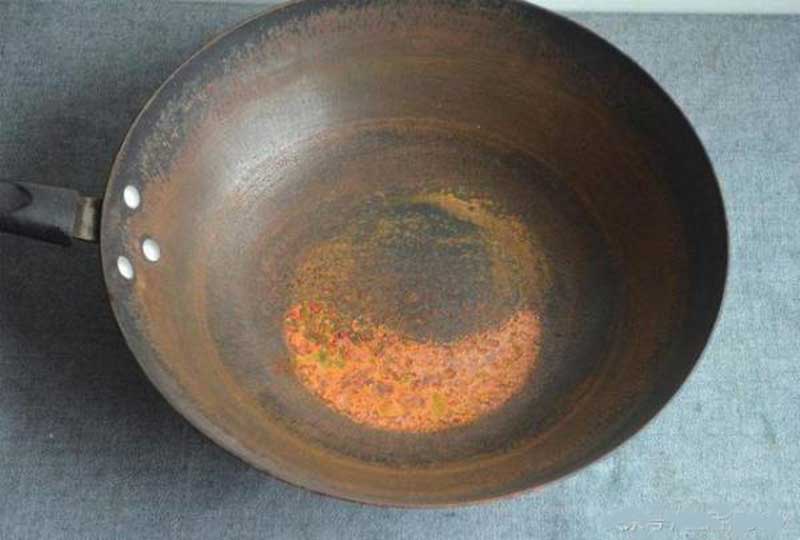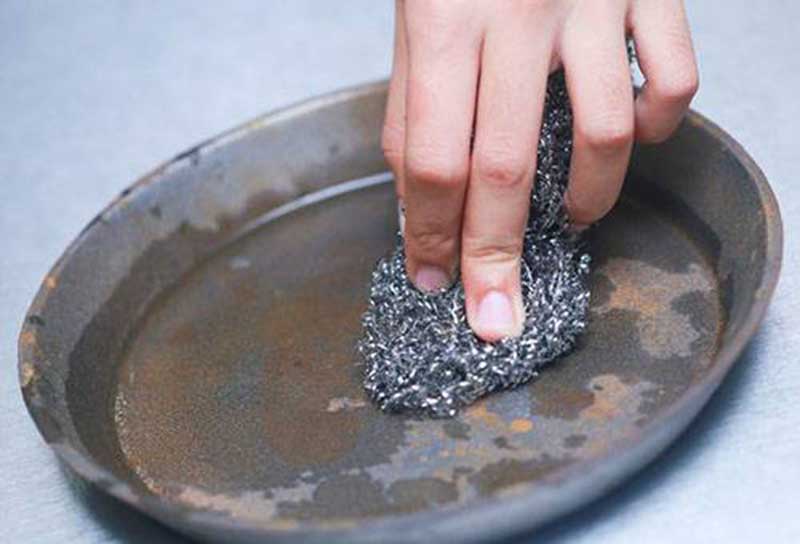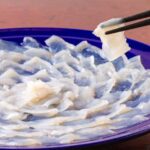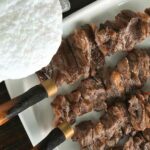Rust stains on pans can be frustrating to deal with, especially when you’ve invested in quality cookware. Not only do they affect the appearance of your pans, but they can also contaminate your food and impact its taste. In order to effectively prevent and remove rust stains, it’s important to understand their causes. themanestreet will explore the various factors that contribute to the formation of rust stains on pans and provide practical tips for maintaining their longevity.
Introduction
When cooking with pans, particularly those made of iron or steel, rust stains can occur over time. Rust is the result of a chemical reaction between iron, oxygen, and water or moisture. Understanding the causes of rust stains is essential to prevent their occurrence and maintain the quality of your cookware.
What Causes Rust Stains on Pans?
Exposure to Moisture
Moisture is a primary catalyst for the formation of rust stains on pans. When pans are exposed to water or high humidity, the moisture reacts with the iron content in the pan’s surface, leading to oxidation and the development of rust. Leaving wet or damp pans unattended for extended periods of time significantly increases the likelihood of rust stains.
High Iron Content in Water
Water with a high iron content can accelerate the rusting process. If your tap water contains a substantial amount of iron, it can react with the iron in the pan, intensifying the formation of rust stains. This is particularly common in areas with well water or older plumbing systems.
Improper Cleaning and Care
Inadequate cleaning and care can contribute to the occurrence of rust stains on pans. When pans are not thoroughly cleaned after each use or are exposed to harsh cleaning agents, the protective layer that prevents rust can become damaged. Additionally, using abrasive cleaning tools or steel wool can scratch the pan’s surface, making it more susceptible to rust.
Low-Quality Coating
Pans with a low-quality coating or those that have worn out over time are more prone to rust stains. The coating acts as a barrier between the iron surface and moisture, preventing the formation of rust. When the coating deteriorates or becomes damaged, the underlying iron is exposed, increasing the risk of rust stains.

Prevention and Maintenance
Taking preventive measures and maintaining your pans properly can help minimize the occurrence of rust stains. Here are some tips to consider:
Proper Drying Techniques
After washing your pans, ensure they are completely dry before storing them. Use a clean towel to remove all moisture, paying special attention to the crevices and corners where water tends to accumulate. Proper drying techniques reduce the chances of rust formation.
Use of Distilled Water
If your tap water has a high iron content, consider using distilled water when cooking or cleaning your pans. Distilled water contains fewer impurities, reducing the risk of accelerated rusting. Alternatively, you can use a water filtration system to remove excess iron from your tap water.
Cleaning and Seasoning
Regular cleaning and seasoning are crucial for maintaining your pans’ integrity. Clean your pans with mild dish soap and a soft sponge, avoiding abrasive cleaners that can damage the surface. After cleaning, dry the pans thoroughly and apply a thin layer of cooking oil to create a protective barrier against moisture.
Regular Inspection
Periodically inspect your pans for signs of wear or damage to the coating. If you notice any chips, scratches, or areas where the coating has worn off, consider recoating or replacing the pan to prevent rust stains from forming.
Removing Rust Stains
Despite taking preventive measures, rust stains may still appear on your pans. Here are some methods to remove them effectively:
Natural Remedies
Vinegar and baking soda are natural ingredients that can help remove rust stains. Create a paste by mixing equal parts vinegar and baking soda and apply it to the affected areas. Allow it to sit for a few minutes before gently scrubbing with a soft brush. Rinse the pan thoroughly and dry it completely.
Commercial Cleaners
Commercial rust removers designed for cookware can be effective in removing stubborn rust stains. Follow the manufacturer’s instructions carefully and ensure proper ventilation when using these products. After applying the rust remover, rinse the pan thoroughly and dry it before further use.
Conclusion
Rust stains on pans are a common problem that can be prevented with proper care and maintenance. By understanding the causes of rust stains and implementing preventive measures, such as proper drying techniques, using distilled water, and regular cleaning and seasoning, you can extend the lifespan of your pans and enjoy rust-free cooking. In case rust stains do occur, natural remedies and commercial cleaners can effectively remove them, restoring your pans to their original condition.
FAQs
Can rust stains on pans be harmful to health?
Rust stains themselves are not harmful to health. However, they can indicate the presence of corrosion and a deteriorating pan, which may affect the quality and safety of your cooking.
Are all types of pans susceptible to rust stains?
While pans made of iron or steel are more prone to rust stains, pans with protective coatings can resist rust formation to some extent. However, over time, even coated pans can develop rust if the coating wears off.
Can rust stains be removed from non-stick pans?
Non-stick pans are generally less prone to rust stains due to their protective coating. However, if the coating is damaged, rust stains may occur. It’s best to follow the manufacturer’s instructions for removing stains from non-stick pans.
How often should I inspect my pans for signs of wear or damage?
Regularly inspect your pans for signs of wear or damage, especially before and after cleaning. It’s recommended to inspect them every few months or whenever you notice changes in their appearance or performance.
Can I still use a pan with minor rust stains?
Minor rust stains can be removed, and the pan can still be used safely. However, if the rust is extensive or the pan shows signs of corrosion, it’s advisable to replace it to ensure food safety and optimal cooking results.











